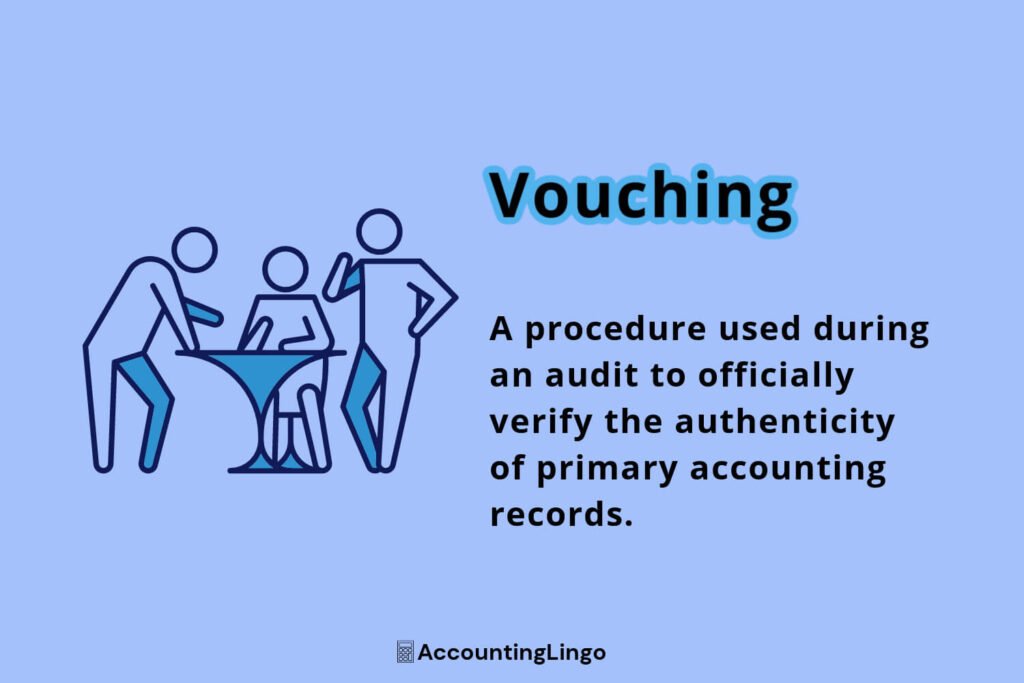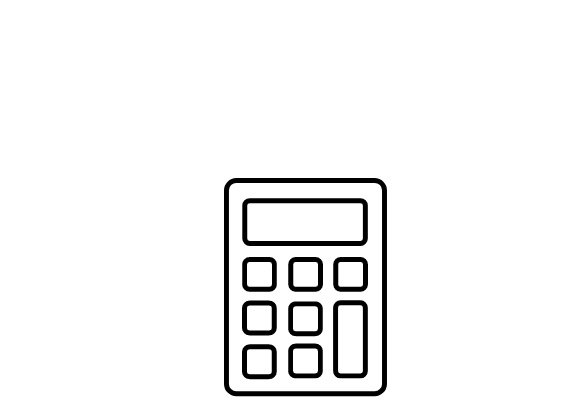
What is Vouching?
Vouching is a procedure used during an audit to officially verify the authenticity of primary accounting records.
“To attest, warrant, witness, guarantee, declare for certain.” -Brigham Young University
Meaning of Vouching
Vouching is the act of verifying data within primary accounting records by examining evidence. It may be completed by an accountant or a Certified Public Accountant (CPA), depending on the specific scenario. It includes a process which auditors specifically follow to identify and validate individual accounting transactions. During the review auditors may inspect statements, invoices, receipts, and various other types of documentation to confirm their authenticity.
Simple periodic reviewing of data does not offer the same benefits as vouching. A bookkeeper may or may not disclose all relevant data. Therefore, having an official process for verifying information provides evidence that primary accounting records are in order and ensures accounting principles are being followed. Vouching is commonly known as the “essence” or “backbone of auditing”.
Vouching Process
The detailed and meticulous nature in which an auditor performs the vouching process directly impacts the overall success of an audit. When an error is discovered, auditors may increase the set of data being audited to determine its severity. Additionally, vouching can be used as a means of uncovering fraudulent activity. It often identifies transactions initiated by unauthorized parties, transactions posted to the incorrect account, or transactions not reflected in primary accounting records.
It is important for auditors to adhere to ethics and thoroughness when vouching. If they fail to do so, they may be accused of negligence. In addition, failing to detect fraud by not exercising enough reasonable care could result in criminal prosecution. An outcome as such could transpire if an auditor falsely represented fraudulent financial statements as being accurate.
Information Commonly Reviewed
The following data is often reviewed during the verification process.
- Date of transaction.
- Transaction amount.
- Type of transaction.
- Parties involved in transaction.
- Account in which transaction posted.
- Transaction originated by an authorized party.
Example
A large clothing retailer hires an auditing firm to certify its financial statements. The auditing firm is given access to the retailer’s financial data. The firm may review this information in a variety of ways. They could source physical inventory back to accounting records while ensuring proper documentation exists or source documentation back to physical inventory. Both strategies accomplish the same task.
The firm would then review all transaction documentation pertaining to cash sales, loan payments, accounts receivable, and any other transaction activity affecting the retailer’s finances. Furthermore, they would attempt to confirm all transactions are valid, business-related, properly authorized, and supported with appropriate documentation.
Physically reviewing individual transaction records and ensuring they appropriately reconcile against primary accounting records is thus the act of vouching. Vouching therefore ensures data provided in the book of accounts and financial statements is justified via appropriate documentary evidence.
Additional Resources
Similar topics relating to vouching:
Field Auditor: Understanding
What are Audit Tick Marks?
What is a Ghost Employee?
